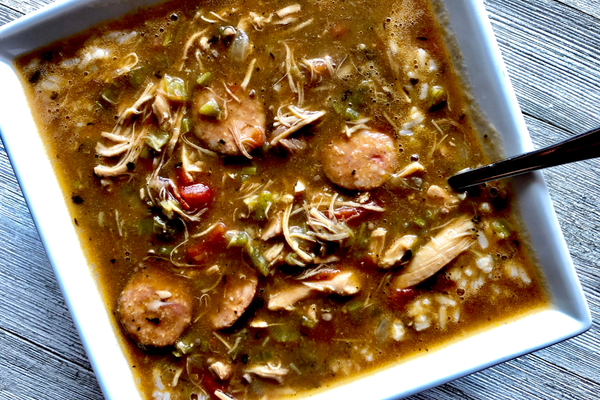Leah Chase, one of the most influential and acclaimed American chefs of the last century, died in June this year at the age of 96.
For the last seven decades, Chase presided over the stoves at New Orleans’s famed Dooky Chase’s Restaurant, where she served an array of Creole classics and signature dishes like shrimp Clemenceau and her Holy Thursday special gumbo z’herbes. Throughout her storied career, Chase played host to numerous civil rights leaders, entertainers, and politicians, including Barack Obama, who famously got a playful slap from the chef after motioning to add hot sauce to her gumbo in 2008. Chase received countless accolades for her work at Dooky Chase’s over the years, including the Lifetime Achievement Award from the James Beard Foundation in 2016.
Chase was born Leah Lange on Jan 6, 1923 in Madisonville, Louisiana to Charles, a ship’s caulker, and Hortensia, a seamstress and homemaker. She was the second oldest of 13 children. Since there were no high schools for African-American students in her hometown, Leah left Madisonville as a teenager to live with her aunt in New Orleans and attend a local Roman Catholic high school. After graduating, she then started working in restaurants in the French Quarter, where Leah eventually met and married a trumpet player and band leader named Edgar “Dooky” Chase. His parents operated a sandwich restaurant in the Treme neighborhood of New Orleans. After a few years, Leah convinced her husband and in-laws to turn the restaurant into a sit-down establishment, and she took over the kitchen, serving some of the dishes that she first encountered at fancy restaurants in the French Quarter.
The chef turned Dooky Chase’s into a white tablecloth establishment where black customers could taste dishes that were not typically offered at segregated restaurants in the South. “Even in the days when my parents were courting, black people had Little League championship teams, college graduations and date nights with special people,” says author and filmmaker Lolis Eric Elie. “Dooky Chase’s was the place you went to for those occasions at the time when Galatoire’s and Antoine’s didn’t serve ‘colored.’”
Chase broke the city’s segregation laws by serving customers of all races. In the ‘50s and ‘60s, her restaurant became a meeting spot for local and national civil rights leaders, including Thurgood Marshall and Martin Luther King Jr. The chef hosted Freedom Riders and held meetings at her restaurant for the National Association for the Advancement of Colored People. “We changed the course of America in this restaurant over bowls of gumbo,” Chase said in an 2018 interview. “We can talk to each other and relate to each other when we eat together.”
Chase’s influence also extended far beyond the culinary scene and the civil rights movement. Since its early days, Dooky Chase’s attracted a loyal clientele of musicians like Sarah Vaughn, Nat King Cole, and Ray Charles, who name-checked the restaurant in his song, “Early in the Morning Blues.” Midway through her career, the chef became immersed in the art scene, collecting paintings from African-American artists like Elizabeth Catlett, Jacob Lawrence, and John T. Biggers, which she displayed in her restaurant. Chase served as the inspiration for the main character, Tatiana, in Disney’s 2009 animated feature The Princess and the Frog. And in recent years, the chef also appeared as herself in episodes of NCIS: New Orleans, Treme, and Somebody Feed Phil, as well as Beyonce’s Lemonade video.
In 2005, Chase’s restaurant and home both flooded during Hurricane Katrina. The chef and her husband lived in a FEMA trailer while working to repair the family business. Thankfully Chase’s grandson managed to save her art collection, and the family was able to get Dooky Chase’s back open eighteen months after the storm. In a move that raised some eyebrows at the time, the chef hosted president George W. Bush in her restaurant on the two-year anniversary of Hurricane Katrina.
In the decade that followed, Chase still oversaw the kitchen and dining room at Dooky Chase’s, using a walker in her later years. “I love people and I love serving people,” Chase told the Associated Press in 2016. “It’s fun for me to serve people. Because sometimes people will come in and they’re tired. And just a little plate of food will make people happy.”
—
Photo Credit: JLMcAnally / Shutterstock.com
